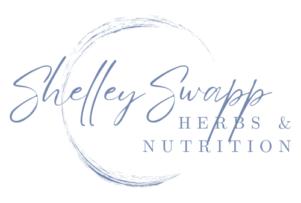Let’s talk about fiber and how much you’re eating in the average day.
The current guidelines tell us we should be eating roughly 30g of fiber every day but most of us are nowhere near this..
With supermarket shelves packed with processed foods, and an increased reliance on take -out and fast foods, many people aren’t even getting half that amount. (yikes!)
why is fiber so important for your body?
Most people know one of the big roles it plays involves digestion. It helps to slow your digestion down and move food through your digestive tract more easily. In a nutshell, you’re less likely to be constipated which gives our bodies the opportunity to absorb more nutrients.
This is even more crucial when it comes to women’s health because fiber helps to absorb excess estrogens so they can be safely removed from the body.
If you are struggling with symptoms of hormone imbalance, Increasing the amount of fiber in your diet can help tremendously!
As an added bonus, fiber also helps to keep blood sugar levels in check, is essential for skin health and cardiovascular health.
What should you be eating to get these benefits?
If you think whole grains are the best source of fiber, think again! Vegetables are the perfect source of fiber, especially leafy greens and they’re easier to digest too.
the humble pea

Some greens are packed with fiber-. Just one cup of cooked peas gives you 27% of your daily fiber intake.
That’s not the only reason to add peas to your diet. They’re also full of vitamin C, vitamin K (helps prevent blood clotting and utilize calcium for healthy bones) and folate.
Peas two key phytonutrients in the form of lutein and zeaxanthin. haven’t heard of those last two?they’re really important for keeping eyes healthy, especially as you age.
Collard greens

have you been lucky enough to try southern slow cooked collard greens? Not only are they delicious, They have more fiber than beans! Cook a cup of these greens and you’ll get around 8g of fiber. That’s around a quarter of your recommended fiber intake just in one cup. You’ll also get a healthy dose of vitamin C, folate, vitamin E and even calcium.
Here are a few ideas to get you started today on adding peas and collard greens to your daily diet:
Peas make a great addition to soups but you can get much more creative than this.
Peas are actually a lot more versatile than many people think: Add them to soups, frittatas, a side to your meal with a little mint, pizza toppings, and our family’s personal favorite: curry
…..there is no end to how you can use these nutritious bombs.
They also make great snacks – have you ever tried oven baked spiced peas ?
https://mywholefoodlife.com/2016/06/07/garlic-roasted-peas/
When it comes to Collard greens, its hard to beat southern-style collards they have a slightly bitter taste that offsets the salty flavors favored in the traditional dish.
they also work well in stews and casseroles, salads, soups and pasta dishes. Many people are using them as a high fiber, inexpensive alternatives to tortillas for wraps.

